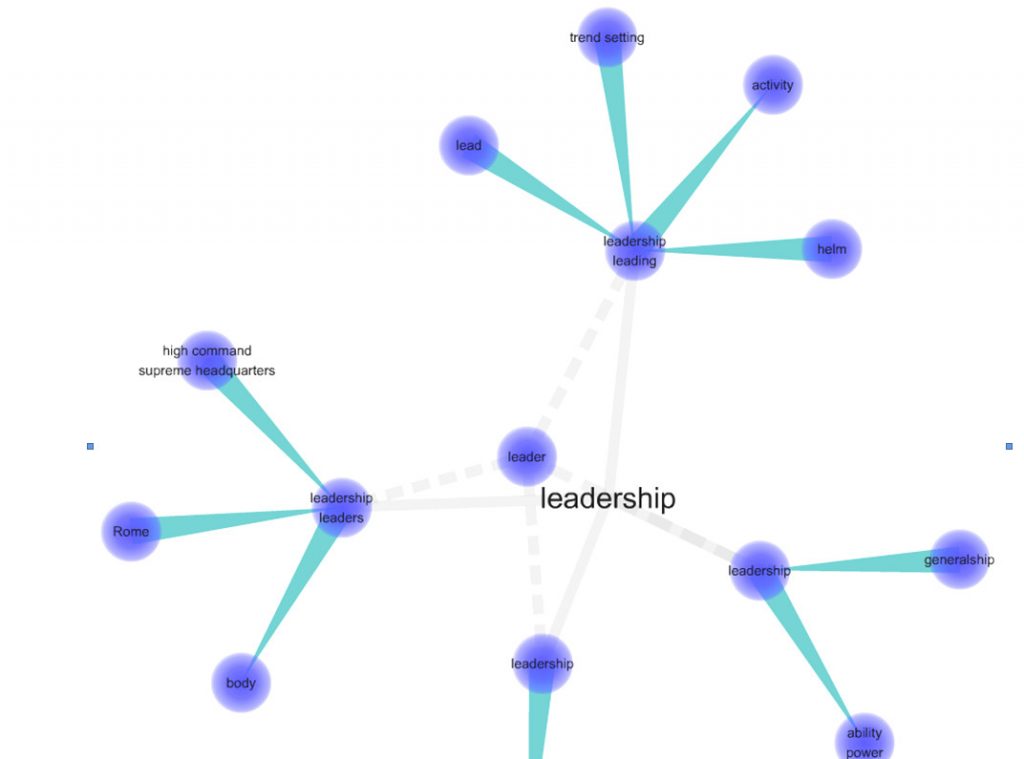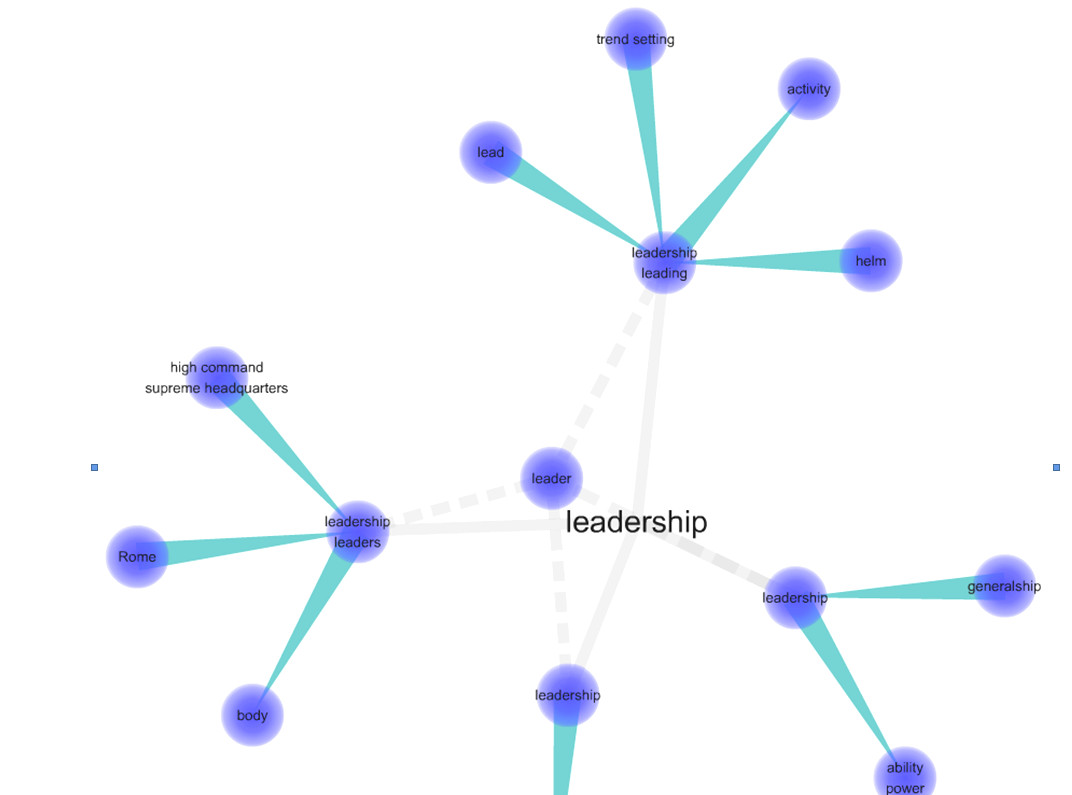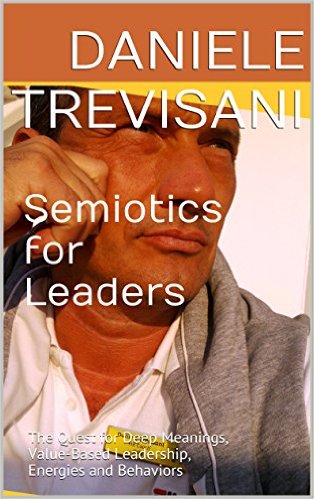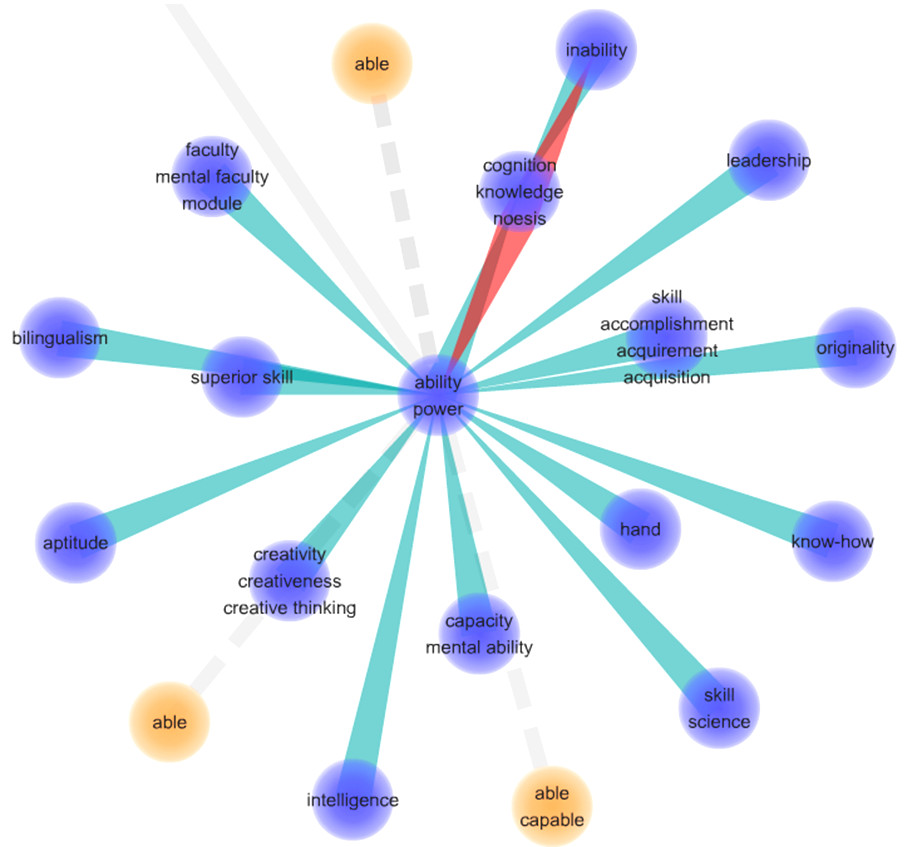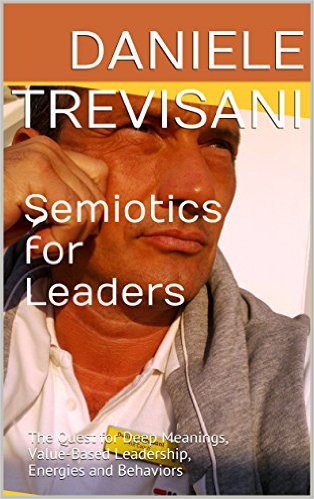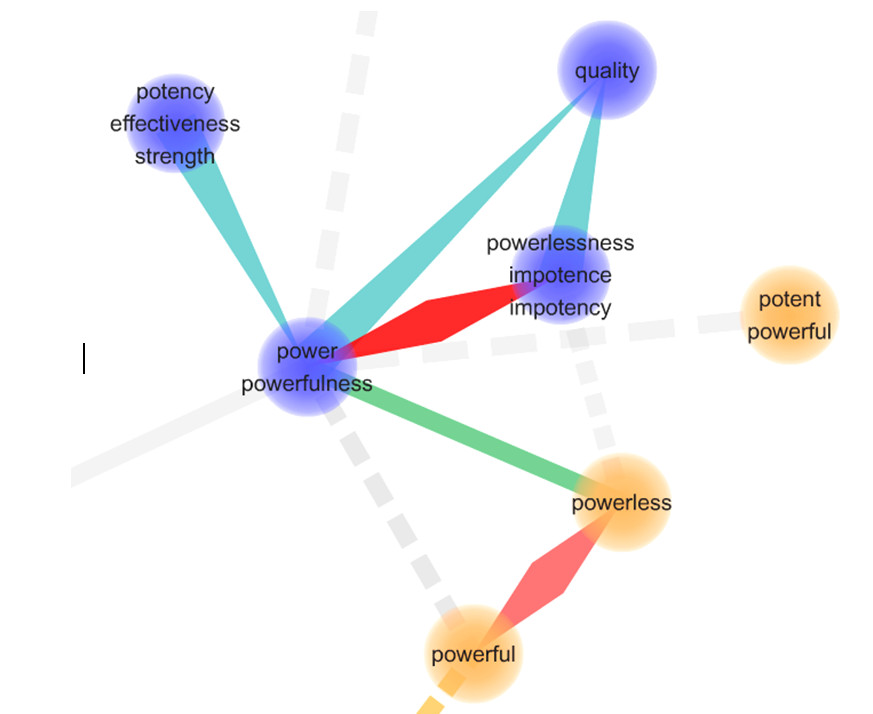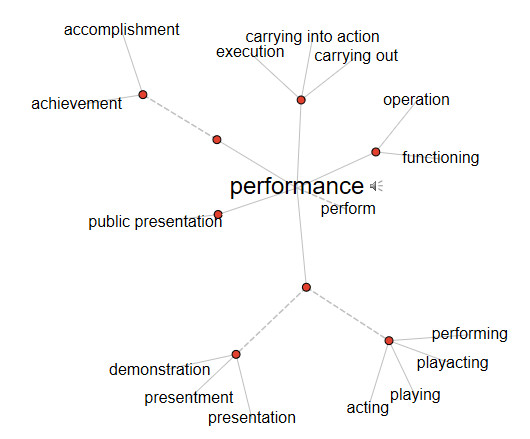© Article translated from the book “Negoziazione interculturale, comunicazione oltre le barriere culturali” (Intercultural Negotiation: Communication Beyond Cultural Barriers) copyright Dr. Daniele Trevisani Intercultural Negotiation Training and Coaching, published with the author’s permission. The Book’s rights are on sale and are available for any Publisher wishing to consider it for publication in English and other languages except for Italian and Arab whose rights are already sold and published. If you are interested in publishing the book in English, or any other language, or seek Intercultural Negotiation Training, Coaching, Mentoring and Consulting, please feel free to contact the author from the webstite www.danieletrevisani.com
__________
In this second part I would like to continue talking about non-verbal communication and its characteristics, this time focusing on training, sensory perception, personal look and colour, while explaining the importance of identifying assonances and dissonances between verbal and non-verbal language.
Training
Training on the use of paralinguistic elements means learning the strategic use of pauses and tones. It includes many repertoires of theatrical and actor techniques, such as the Stanislavskij method, probably the only one truly capable of transforming expressive behaviours.
Without adequate preparation the chances of being competitive on the negotiating level decrease. As the gap between our training level and the training level of the counterpart increases, the risk of an unfavourable outcome during a negotiation grows.
Sensory Perceptions
Some clichés spreading in multicultural college campuses are that whites “taste like chicken”, Asians “smell of garlic”, blacks “taste of sweat”, etc.
The olfactory differences on an ethnic and genetic level do exist, but the perceived smell is largely determined by cultural factors such as nutrition, cleanliness or the use of perfumes.
Personal olfactory emissions are a communication tool.
It is certain that the sense of smell affects perception, and that food produces essences that exude from the skin and breath. If we want to manage even the smallest details of intercultural negotiation and, more generally, of the human contact, we must take care of these aspects.
Anything that can be attributed to the subject or to the corporate environment affects perception and image. Some clothing chains have resorted to the targeted deodorization of shops to create a more relaxed and pleasant atmosphere (environmental olfactory marketing).
Smell is a remote sense of the human being, partially abandoned in favour of senses such as sight and hearing. Animal “noses” are able to pick up smells that signal sexual emotions or predispositions, while human noses seem to have lost this trait.
There are practical implications for conscious personal deodorization: avoid foods that can produce strong breath emissions, avoid excessive personal fragrances, be aware of personal odours (e.g. sweat) and consider the importance of olfactory environmental marketing.
Personal Look
We usually know nothing about people’s real history. We can only assume it by looking at the symbols they decide to show us. There are signs/symbols everywhere: on the interlocutor and in his/her communicative space. Symbolic communication concerns the meanings that people associate to and perceive from those particular “signs”. By communicative space we mean any area linked to the subject’s “system”, such as his/her car, or the background of his/her computer, and any other sign from which we derive information, meanings and interpretations.
From a semiotic point of view, every element from which a subject draws meaning becomes a “sign”, whether the bearer is aware of it or not.
Look, clothing and accessories are among the most incisive factors that build one’s personal image.
Differences or similarities in clothing, for example, can put a person inside a professional ingroup (“one like us”, an “equal”) or an outgroup (“one different from us”), depending of the meaning that the word “us” has for the interlocutor.
In a widened signification system, the symbols associated to the brands used, the type of car, and even the office furniture, can become very important.
chronemic behaviours (the string of actions over time) are also broadened signals related to how frequently we change clothes, punctuality, way of driving (calm or nervous), way of eating (slow and relaxed vs. fast and voracious), etc.
Even considering the time a person takes in answering a question can be significant: slow or overly thoughtful responses can be interpreted as insincere in Western cultures or wise in Eastern cultures.
It can be said that in the field of intercultural communication nothing escapes the observation of the interlocutor, and every “sign” contributes to its classification and evaluation.
Colours
An additional element of symbolic communication is colour. The use of colours and the symbolisms associated with colours also vary according to cultures.
It is not possible to list all possible associations for every colour in each country, but I would like to underline the importance of paying attention to the symbolisms associated with colours, because there are many problems that could arise when choosing colours and graphics, for example in packaging, in business gifts and in objects.
Even objects and symbols are not neutral: an Italian company, for example, used the symbol of an open hand to create the company logo and key rings, producing a wave of protests in Greece, where the open hand symbol is used to offend.
The basic principle to avoid macroscopic errors is the use of pre-tests: a “pilot test” on some member of the local culture, who are able to give a feedback on the appropriateness of colours, shapes and symbolisms within their cultural context.
The pre-test method also applies to the choice of gifts, presents, and any other symbolic action whose impact may vary on a cultural basis.
Consonances and Dissonances between Verbal and Non-Verbal Language
Non-verbal communication can reinforce the verbal message or be dissonant with it.
Listening carefully and nodding can express interest more than just a verbal statement. Saying “I’m interested” with words and expressing boredom or disgust with body actions produces a dissonant signal and creates suspicion or irritation.
The coherence (matching) between words and actions:
- increases the subject’s perceived honesty;
- denotes trustworthiness;
- shows interest;
- shows that we are in control of the situation;
- produces a sense of security and solidity of content.
On the contrary, the incongruity:
- creates a sense of mistrust;
- generates a feeling of lack of authenticity;
- produces doubts and suspicions, because the heard verbal content is considered false.
Each linguistic style (on an interpersonal level) is associated with a precise modulation of the non-verbal style. We can indeed have:
- situations of communicative reinforcement (the non-verbal style reinforces the verbal style);
- situations of dissonance or inconsistency between verbal and non-verbal communication: the non-verbal language is on a different register than the verbal one.
The dissonances concern every semiotic system, every sign that carries a meaning. A company that declares itself important and does not have a website, or has an amateur website, expresses an incongruent image of itself.

© Article translated from the book “Negoziazione interculturale, comunicazione oltre le barriere culturali” (Intercultural Negotiation: Communication Beyond Cultural Barriers) copyright Dr. Daniele Trevisani Intercultural Negotiation Training and Coaching, published with the author’s permission. The Book’s rights are on sale and are available for any Publisher wishing to consider it for publication in English and other languages except for Italian and Arab whose rights are already sold and published. If you are interested in publishing the book in English, or any other language, or seek Intercultural Negotiation Training, Coaching, Mentoring and Consulting, please feel free to contact the author from the webstite www.danieletrevisani.com
__________
For further information see:
- Studio Trevisani Academy’s Webstite For Business Training, Coaching and Mentoring, in Italian
- Dr. Daniele Trevisani’s Website in Italian
- Dr. Daniele Trevisani’s Website in English
- Comunicazioneaziendale.it – Italian website on Business Communication
- Medialab Research Cultural Association for Communication Research
- Dr. Daniele Trevisani Linkedin Profile in English
- Facebook Channel
- YouTube Channel






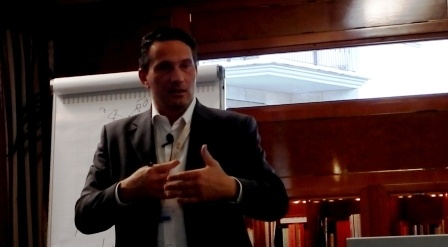

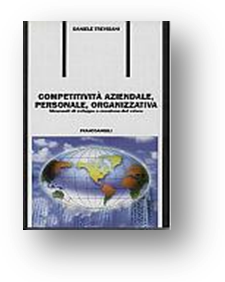

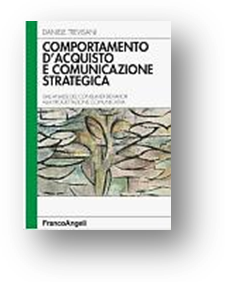

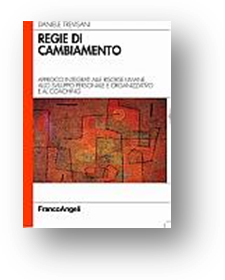

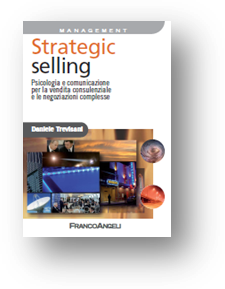



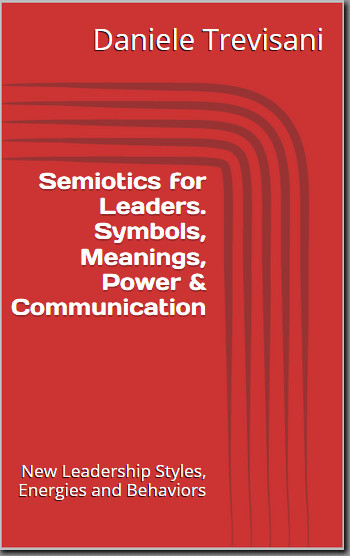
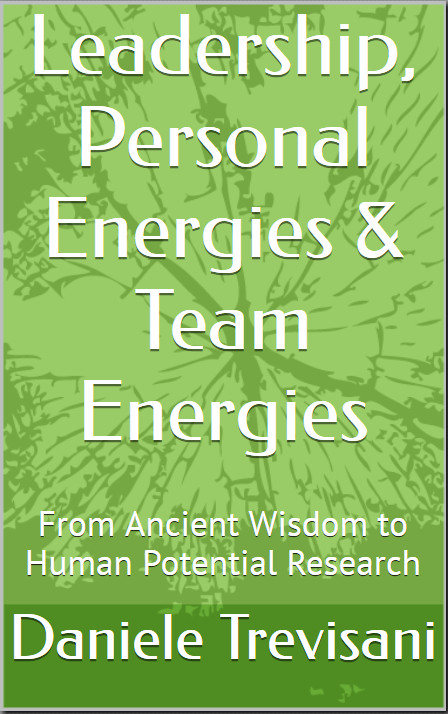
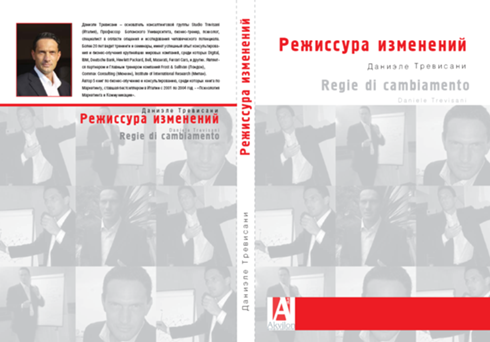
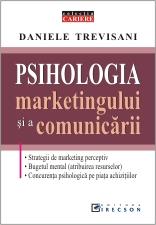
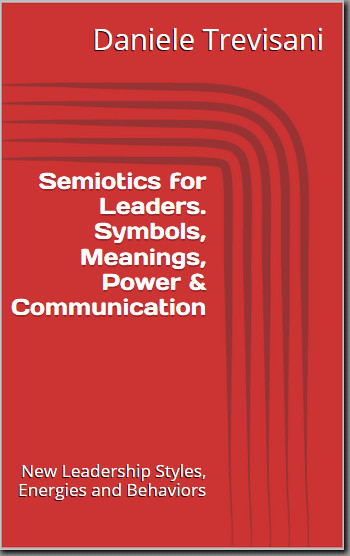
 If you change your beliefs, you can change your expectations. If as a leader you set some strong beliefs, they will turn into different expectations.
If you change your beliefs, you can change your expectations. If as a leader you set some strong beliefs, they will turn into different expectations.